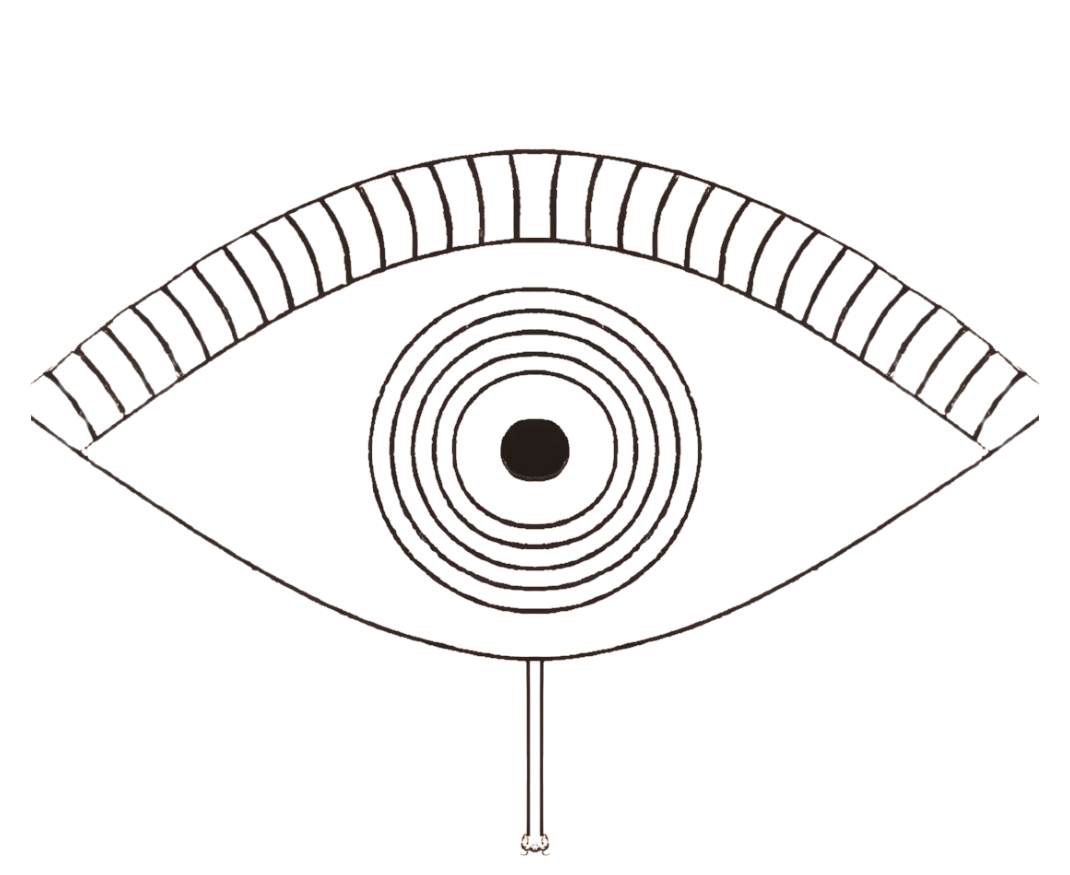I set up the dining table as shown in the picture above before inviting my baby over or before he starts showing signs of hunger, so there’s no need to rush. After preparing the table, I go to his safe space (which I’ll discuss in a separate post), observe what he’s doing, and wait for an opportunity to talk to him. If he’s closely examining a ball, for example, I wait until he’s finished or until he looks at me. Then, I get down to his level, we exchange smiles, and I tell him it’s time to eat. I explain that I’m about to pick him up, offer my arms, wait for a response from him (a sigh, smile, or movement), and then gently lift him.
Once at the table, I sit my child on my lap. I don’t sit him fully upright; instead, I ensure his back is well supported by my arm. I tell him what’s on the menu (chicken broth with oats, zucchini with oats, yogurt, lentils, banana, etc.), and then I let him know I’ll be wiping his hands with the wipe in the picture. I ask for his participation every step of the way: “Can you give me your right hand so I can wipe it?” I wipe each finger slowly, hurrying only if he shows signs of impatience due to hunger. Next, I offer him a choice between two bibs to increase his level of control: “Would you like to wear the dinosaur or the planet bib?” I give him a moment to decide, and he makes a clear choice by grabbing or pointing at his preferred bib. Again, I ask for his help putting it on, explaining each step, like “I need to put your right arm through this hole.”
Afterward, I begin serving food by placing it from the serving bowl into one of the Picardie glasses or a clear glass bowl (it’s helpful to use clear glass serving bowls so your child can see the food clearly—I just didn’t have one available in this picture). I don’t feed him directly from the serving bowl to avoid contaminating the leftover food, which I can then reuse within a 24-hour window. By serving the food in a separate dish, I’m also hoping to communicate that he’s in control of how much he wants to eat. I describe each step of the process, and he watches my every move with interest.
I bring a spoonful of food close to his eye level so he can examine it, explain again what it is, and place the spoon near his bottom lip to give him a chance to smell it and decide if he wants to eat it. I wait for him to open his mouth, then place the spoon in, moving it upwards to scrape it with his upper gum or lip. Once he closes his lips, moves his head away, or starts moving his limbs or squinting, these are his signals that he’s full. I confirm by saying, “It looks like you’re done. I’m going to stop feeding you now.” It took me time to understand his cues and respect them immediately. I used to say, “I’ll try one last time to make sure you don’t want more,” but I’ve stopped doing that.
When feeding is over, I offer him water. Just like with food, I pour water from a pitcher into a second Picardie glass. Since he’s still learning to drink from a glass, I put a silicone bib on him to catch any spills. While I bought a silicone sippy cup when I was pregnant, I stopped using it after reading an article titled The Elegance of a Child Drinking from a Glass.
At the end, I remove all the bibs, wipe my baby’s hands and mouth (I make sure we’re facing each other when wiping his face, as I find this more respectful), and then take him back to his safe space to resume playing. He returns to his toys exactly as he left them.
As you can see, it’s a collaborative process where he has an appropriate level of control for his age. I essentially act as his extended hand, helping him with what he can’t do yet on his own. I also convey this by placing a third spoon on the table, which he can hold and place in his mouth while I feed him with another spoon.
Once my infant can sit unassisted, we’ll shift this feeding ritual to a floor picnic-style. When he starts walking, we’ll use a low table and a stool at his height, allowing him to sit unassisted and unbuckled.
The Setup (when my son began sitting unassisted throughout meals):



